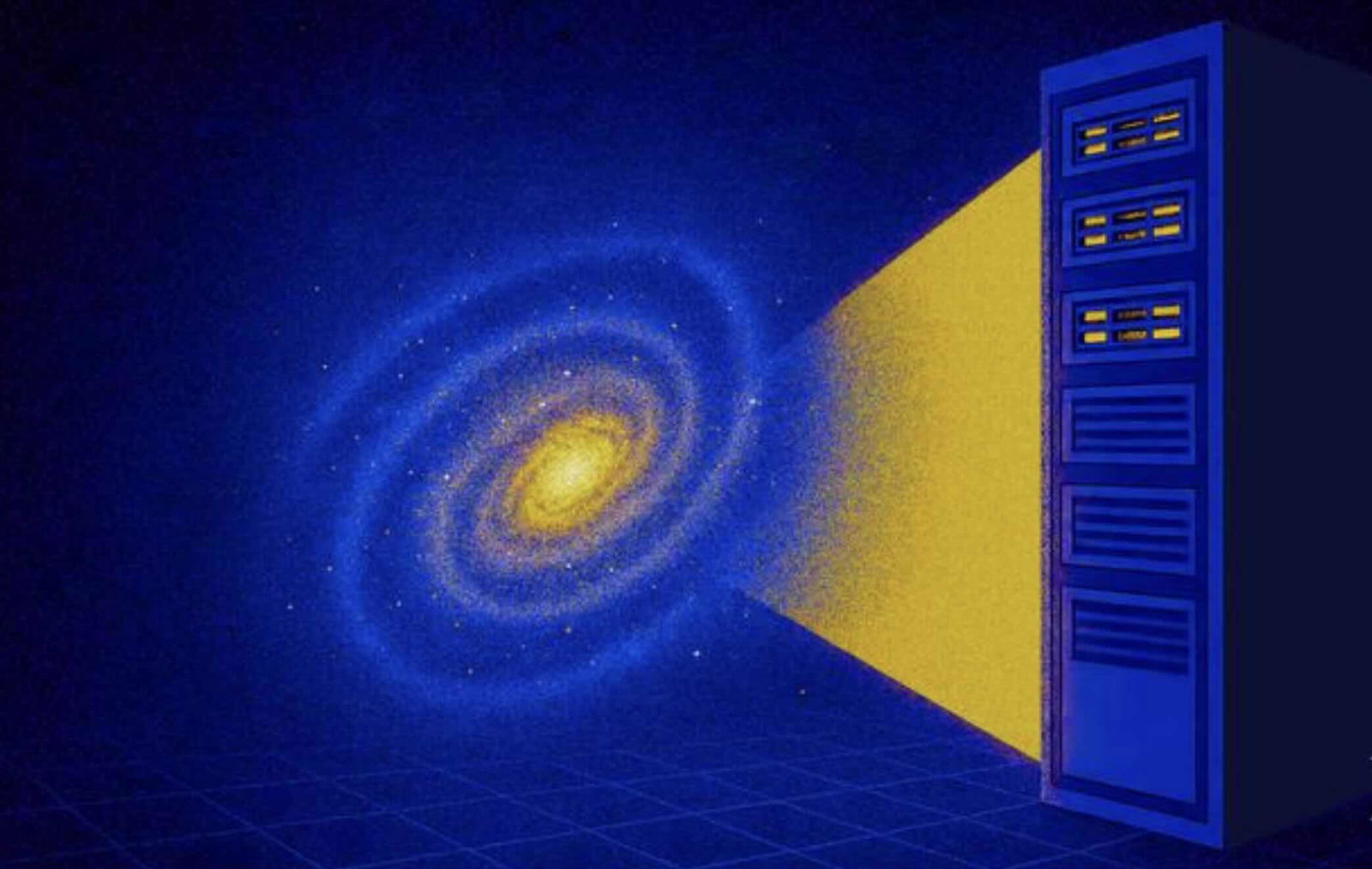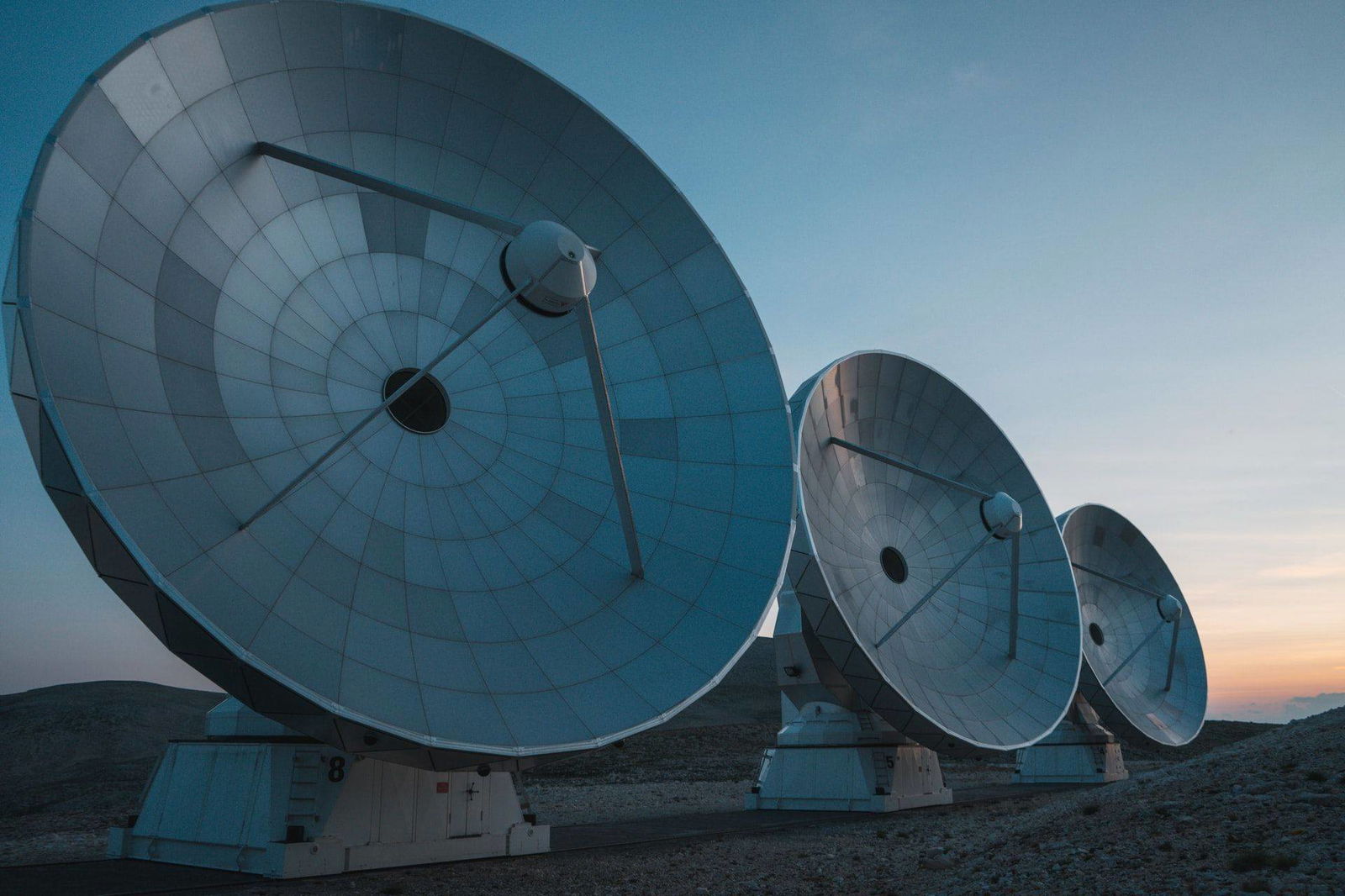It is one of cosmology’s most perplexing questions: what happened before the Big Bang? Although the question has been debated for decades—with some even viewing it as a matter that should be left to religion or philosophy—a new study suggests that we may finally be able to approach it using advanced computer simulations.
What researchers call “numerical relativity, a computational approach to the famous equations of physicist Albert Einstein, may offer new and innovative pathways toward exploration of scenarios that physics once thought impossible to solve.
Physics of the Impossible
“Nothing was around” before the Big Bang, according to the late physicist Stephen Hawking, who argued based on a “no-boundary” condition he and physicist James Hartle proposed, which essentially offered that there was no more likely to have been anything “before” the Big Bang than, as an example, one could successfully travel further south than Earth’s south pole.
Earlier, in his famous book A Brief History of Time, Hawking had even surmised that some viewed questions about what preceded the known universe as being “a matter for metaphysics or religion.”
However, in a new paper that appeared in Living Reviews in Relativity in June 2025, cosmologist Eugene Lim of King’s College London, along with astrophysicists Katy Clough of Queen Mary University of London and Josu Aurrekoetxea of Oxford University, propose applying numerical relativity to questions about what might have come before the Big Bang.
The authors say such advanced computational approaches could also potentially shed insights on the question of whether inflation truly offers the best explanation for our observations of the universe, whether it might have ever collided with another universe, and whether there could have been not just one, but cycles of bangs and crunches throughout cosmic history.
Einstein’s Equations, and Their Limits
Today, we look to the equations outlined in Einstein’s general relativity to understand phenomena such as gravity and cosmic motion. However, under extreme cosmic conditions, such as those present during the Big Bang and within black holes, these equations break down into singularities of infinite density.
In the past, cosmologists have simplified such problems by assuming things like the homogeneity of the universe, meaning that it essentially looks the same when viewed from any particular point within. This seems to hold true for the cosmos of the present day, although physicists think this may not apply to its earliest moments.
“You can search around the lamppost, but you can’t go far beyond the lamppost, where it’s dark—you just can’t solve those equations,” said Lim in a recent statement. “Numerical relativity allows you to explore regions away from the lamppost.”
From Black Holes to the Big Bang
Enter numerical relativity, which has roots dating back to the 1960s, when it was first introduced to model extreme gravitational scenarios. The idea gained additional momentum in the new millennium thanks to predictions for LIGO’s detection of gravitational waves resulting from the collisions between black holes.
According to Lim and colleagues, this decades-old approach could also potentially illuminate the mysteries of cosmic inflation—the sudden, very fast expansion believed to have occurred in the very early universe. Although this idea explains most of the uniformity observed in the universe today, scientists are still perplexed by how or why it began.
Unlike other analytical methods, numerical relativity offers a potential method of “stimulating” universes that begin under very different conditions, and testing predictions from theories such as string theory.
Beyond Inflation: Strings and Multiverses
Lim and the team behind the new study say this approach isn’t limited only to the question of universal inflation. Numerical relativity could also potentially help simulate gravitational signals from hypothesized defects in spacetime, known as cosmic strings, which may offer clues about their existence.
Similarly, this framework could enable researchers to model potential “bruises” in the cosmic microwave background, which astrophysicists believe may provide support for theories of a multiverse.
Finally, numerical relativity could also be used as a potential way of testing cyclic cosmologies, wherein universes undergo bounces that cause them to collapse, after which they are reborn in successive big bangs and crunches.
Employing an analytical approach, issues like hypothetical “bouncing universes” are very hard to solve, although this wouldn’t be the case when employing numerical relativity, according to Lim, “because they reach strong gravity where you can’t rely on your symmetries.”
The Role of Supercomputers
Since these simulations are very complex, they also require significant processing power, the likes of which can only be produced by supercomputers. Fortunately, as computing capabilities continue to expand toward the realization of accessible quantum computing, so too will the scope of what cosmologists are able to achieve through simulations.
Fundamentally, Lim and his colleagues hope their work will encourage stronger collaboration between numerical relativists and cosmologists.
“We hope to actually develop that overlap between cosmology and numerical relativity so that numerical relativists who are interested in using their techniques to explore cosmological problems can go ahead and do it,” Lim says.
The team’s recent paper, “Cosmology using numerical relativity,” appeared in Living Reviews in Relativity.
Micah Hanks is the Editor-in-Chief and Co-Founder of The Debrief. A longtime reporter on science, defense, and technology with a focus on space and astronomy, he can be reached at micah@thedebrief.org. Follow him on X @MicahHanks, and at micahhanks.com.

